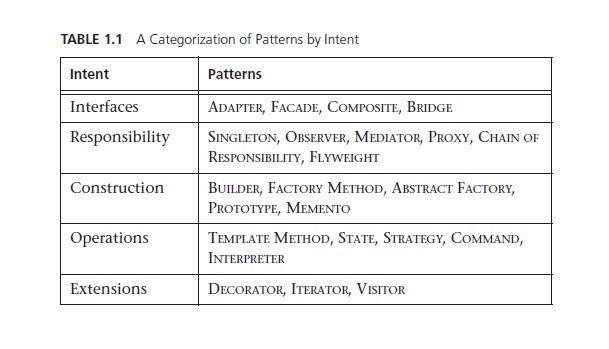CSC/ECE 517 Fall 2012/ch2a 2w14 bb: Difference between revisions
| Line 21: | Line 21: | ||
= Pattern Fragility = | = Pattern Fragility = | ||
== | == Definition of Pattern Fragility == | ||
Fragility is the tendency of the | |||
software to break in many places every time it is changed. Often the breakage occurs | |||
in areas that have no conceptual relationship with the area that was changed. Such | |||
errors fill the hearts of managers with foreboding. Every time they authorize a fix, | |||
they fear that the software will break in some unexpected way. | |||
As the fragility becomes worse, the probability of breakage increases with time, | |||
asymptotically approaching 1. Such software is impossible to maintain. Every fix | |||
makes it worse, introducing more problems than are solved. | |||
Such software causes managers and customers to suspect that the developers have lost | |||
control of their software. Distrust reigns, and credibility is lost. | |||
== Symptoms of Rotting Design == | == Symptoms of Rotting Design == | ||
== Examples == | == Examples == | ||
Revision as of 20:59, 24 October 2012
Introduction
The purpose of the wiki is to introduce and show some example about pattern fragility. The contents include definition of pattern fragility and what does the concept cover. We also give some examples of mistakes in code that spoil the benefits of design patterns.
Design Patterns
A design pattern is a general reusable solution to a commonly occurring problem within a given context in software design. A design pattern is not a finished design that can be transformed directly into source or machine code. It is a description or template for how to solve a problem that can be used in many different situations. Patterns are formalized best practices that the programmer must implement themselves in the application. Object-oriented design patterns typically show relationships and interactions between classes or objects, without specifying the final application classes or objects that are involved. Many patterns imply object-orientation or more generally mutable state, and so may not be as applicable in functional programming languages, in which data is immutable or treated as such.
Why Design Patterns
A design pattern is a pattern—a way to pursue an intent—that uses classes and their methods in an object-oriented language. Developers often start thinking about design after learning a programming language and writing code for a while. You might notice that someone else’s code seems simpler and works better than yours does, and you might wonder how that developer achieves such simplicity. Design patterns are a level up from code and typically show how to achieve a goal using a few classes. A pattern represents an idea, not a particular implementation.
Categorization of Patterns
Benefits of Design Patterns
Pattern Fragility
Definition of Pattern Fragility
Fragility is the tendency of the software to break in many places every time it is changed. Often the breakage occurs in areas that have no conceptual relationship with the area that was changed. Such errors fill the hearts of managers with foreboding. Every time they authorize a fix, they fear that the software will break in some unexpected way. As the fragility becomes worse, the probability of breakage increases with time, asymptotically approaching 1. Such software is impossible to maintain. Every fix makes it worse, introducing more problems than are solved. Such software causes managers and customers to suspect that the developers have lost control of their software. Distrust reigns, and credibility is lost.
